Evolution of the regulations on safety equipment for pleasure craft

Why this evolution of the Division 240 ?
The previous version of the D240, which dates from 2014, had already strongly evolved the principles and the philosophy of the safety equipment of pleasure craft, boats and ships, in particular on the taking into account of new practices (renting between private individuals for example), the arrival of new devices (such as the flyboard) and on the asserted responsibility of the skipper in terms of safety of the boat and the crew. The 2019 version generally takes up all these principles: it specifies and clarifies certain points that remained unclear, particularly concerning fire-fighting, and draws on feedback from the last five years to adapt certain obligations or to recommend the carriage or use of additional equipment. It should be noted that this new version of the D240 has been elaborated in consultation with the professionals of the nautical and sea rescue industry.
Adaptation to new practices
Taking into account the development of new practices in water sports, it was necessary to complete or adapt the existing text:
- Taking into account the devices propelled by electric motors: electric surfboards and jet-skis with electric motors have the same obligations and possibilities as their thermal motor equivalents.
- Obligation and generalization of the Special Verification Register for all boat rental companies, whether they are professional or private. If the content changes little, the last annual safety inspection report for a rented boat must now be systematically attached to the rental contract so that the "renting" skipper can read it. The history of the inspection reports must be archived together in the operator's premises.
- For the kite-surfing practice a marking of the sail including name, first name, phone number or email of the owner is now mandatory in order to allow a quick identification when a sail is discovered or found in the water or on the shore.
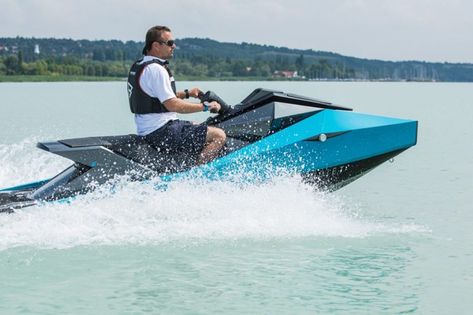
A precise and clear description of the fire-fighting equipment
To enhance safety on board, a precise description of mobile firefighting equipment is now available to boaters. The 2014 text referred the owner to his user manual for CE marked vessels and to national regulations for older vessels. However, the national regulations in force were not described (only the provisions of the text applicable between 2008 and 2014 remained, itself rather imprecise...). Version 209 of the revised Division 240 therefore provides that in the event of the user manual not being available, the regulations detailed in Annex 3 of the text apply. This provides boaters with a reliable and precise regulatory basis
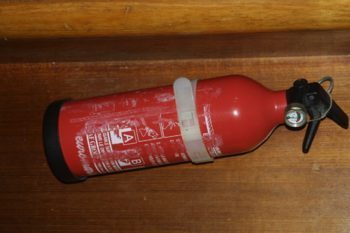
Recommendations on the wearing of lifejackets
Concerning the wearing of lifejackets, there is now an incentive to wear them effectively when sailing between two and six miles from a shelter (coastal zone). The compulsory 100 Newton lifejacket may be replaced by a 50 Newton lifejacket if it is actually worn instead of being stored on board and provided that the wearer can swim. Wearing a lifejacket is also recommended on board dinghies, which are often unstable and, it should be remembered, are the main cause of falls into the water by sailors. Finally, when sailing alone, it is recommended to wear a lifejacket equipped with a luminous locator associated with a portable waterproof VHF or a PLB (Personal Locator Beacon)
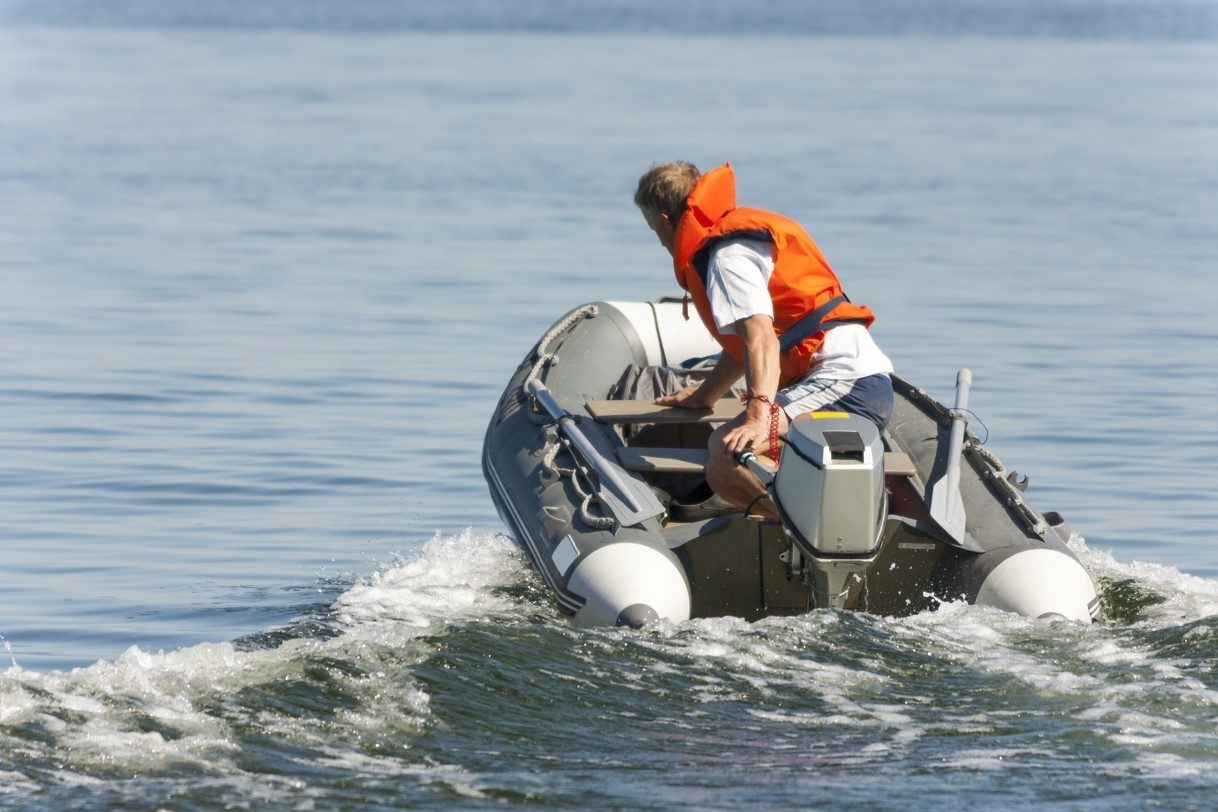
Linked products
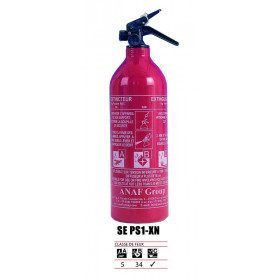
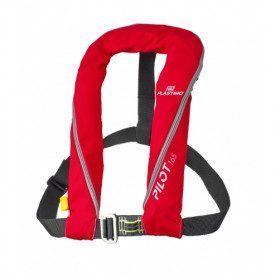






 By Marie de Picksea
By Marie de Picksea